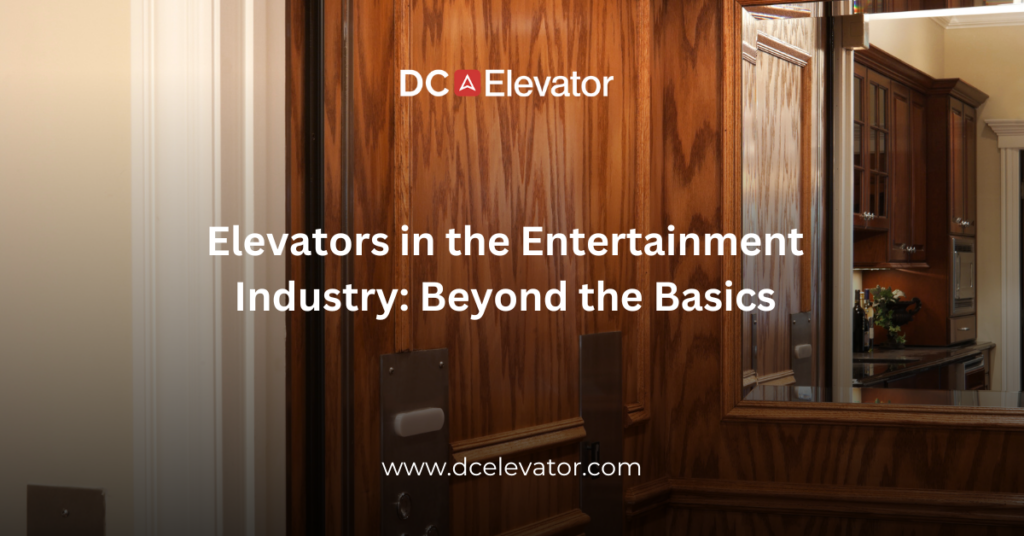In the entertainment industry, elevators are not just about transporting people from one floor to another. They play a pivotal role in creating experiences that go beyond basic functionality. From theme parks to theaters, elevators are used in creative ways to enhance immersion, set the stage for performances, and make logistics more efficient. This article explores the role of elevators in entertainment settings and how they contribute to the overall experience.
Thematic Elevators in Theme Parks
Theme parks are a prime example of how elevators can go beyond mere functionality. Many rides and attractions use elevators to set the stage for thrilling experiences. Whether it’s an elevator that simulates a free fall or one that transports guests to hidden levels within a ride, these systems add an element of surprise and excitement.
- Immersive Ride Experiences: Elevators are often integrated into the storyline of rides, making them a key part of the attraction.
- Simulated Free Falls: In some attractions, elevators simulate sudden drops, giving the feeling of a free fall while ensuring safety and control.
Stage Lifts in Theaters and Concerts
In theaters and concert venues, stage lifts are another example of elevators being used for more than transportation. These systems enable quick set changes, dramatic entrances, and seamless transitions during performances. Elevators are essential to stage mechanics, especially in large-scale productions.
- Dramatic Entrances: Performers can make striking appearances from below the stage, thanks to stage lifts.
- Set Transitions: Stage lifts allow sets to be changed efficiently, ensuring that the performance flows without interruption.
Elevators for Large-Scale Events
In large entertainment complexes such as stadiums and arenas, elevators play a crucial role in managing the movement of people and equipment. These systems are used to transport not just spectators, but also massive amounts of equipment needed for concerts, sporting events, and other large-scale productions.
- Equipment Transport: Elevators are used to move heavy equipment, instruments, and staging between floors quickly and safely.
- Crowd Management: Efficient elevator systems ensure that large numbers of attendees can move between levels without causing delays.
Elevators as Part of the Show
In some cases, elevators themselves are part of the entertainment. Certain shows and attractions use elevators in unique ways to become part of the narrative. For example, immersive theater experiences may use elevators to transport the audience to different sets, creating an interactive environment where the elevator becomes part of the story.
- Interactive Experiences: Elevators transport audiences between immersive set pieces, making them feel like a part of the story.
- Surprising Transitions: Elevator rides can be designed to create unexpected transitions, adding to the excitement and immersion.
Conclusion
Elevators in the entertainment industry go far beyond their traditional role. They are essential to creating memorable, immersive experiences in theme parks, theaters, and large-scale venues. By integrating elevators into the entertainment itself, these industries are able to provide exciting and unique moments that captivate audiences.
